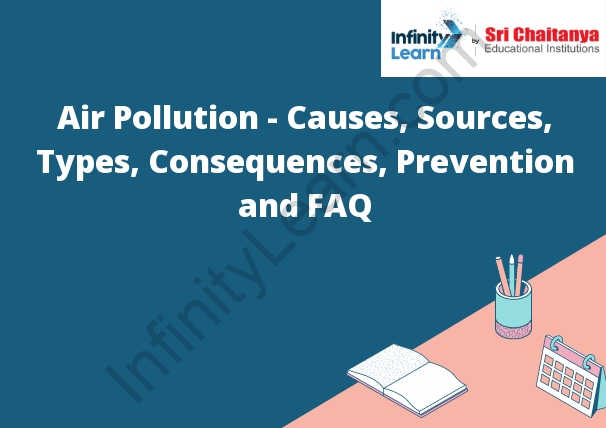Table of Contents
Air Pollution – Brief Explanation
Air pollution is the contamination of the air by noxious gases and particulates. It is a major environmental problem, causing respiratory problems, acid rain and global warming.
The main pollutants are sulfur dioxide, nitrogen oxides, carbon monoxide, ozone, lead and particulates. The sources of air pollution are transportation, industry, power plants and residential and commercial heating.

Causes of Air Pollution
There are many causes of air pollution. Some of the most common causes are emissions from vehicles and factories, burning of fossil fuels, and agricultural production.
Sources of Air Pollution
Air pollution is a type of environmental pollution that involves the emission of pollutants into the air that are harmful to human health and the environment. Air pollution can come from natural sources such as volcanoes and forest fires, as well as from human activities such as the burning of fossil fuels.
The main types of air pollutants are:
• Particulate matter (PM): This includes tiny particles of dust, dirt, soot, and smoke. PM can cause respiratory problems, heart disease, and lung cancer.
• Sulfur dioxide (SO2): SO2 is a gas that can cause respiratory problems and lung damage.
• Nitrogen dioxide (NO2): NO2 is a gas that can cause respiratory problems and lung damage.
• Carbon monoxide (CO): CO is a gas that can cause respiratory problems and heart disease.
• Ozone (O3): O3 is a gas that can cause respiratory problems and lung damage.
• Volatile organic compounds (VOCs): VOCs are a group of chemicals that can cause respiratory problems, eye irritation, and headaches.
• Lead (Pb): Lead is a metal that can cause neurological problems and kidney damage.
• Mercury (Hg): Mercury is a metal that can cause neurological problems and kidney damage.
Types of Air Pollution
Air pollution can be classified into primary and secondary pollutants.
Primary pollutants are those that are emitted directly from a source, such as exhaust from a car or factory smoke.
Secondary pollutants are created when primary pollutants react with other chemicals in the atmosphere, such as ozone or nitrogen oxides.
Air pollution can also be classified by the type of pollutant.
Some of the most common pollutants include:
Particulate matter: tiny particles or droplets that can be seen with the naked eye, such as smoke, haze, and dust
Sulfur dioxide: a gas that can cause respiratory problems and eye irritation
Nitrogen oxides: a gas that can cause respiratory problems and contribute to acid rain
Carbon monoxide: a colorless, odorless gas that can cause heart problems and death
Volatile organic compounds: a group of chemicals that can cause respiratory problems and contribute to smog
Consequences of Air Pollution
Air pollution has many consequences, both short-term and long-term. Some of the most serious consequences are:
1. Respiratory problems – Air pollution can cause a variety of respiratory problems, including asthma, bronchitis, and emphysema.
2. Heart problems – Air pollution can also cause heart problems, including heart attacks and strokes.
3. Eye problems – Air pollution can cause eye problems, including conjunctivitis and blindness.
4. Neurological problems – Air pollution can also cause neurological problems, including dementia and Alzheimer’s disease.
5. Cancer – Air pollution is a known carcinogen, and can cause cancer of the lungs, nose, throat, and other organs.
6. Death – Air pollution is a leading cause of death worldwide.
Prevention of Air Pollution
Actions that can be taken to prevent air pollution include:
1. Driving less or using public transportation.
2. Conserving energy by turning off lights and appliances when not in use.
3. Recycling materials instead of throwing them away.
4. Planting trees and other vegetation to create natural buffers between sources of pollution and people.
5. Using less harmful chemicals in manufacturing and agriculture.









